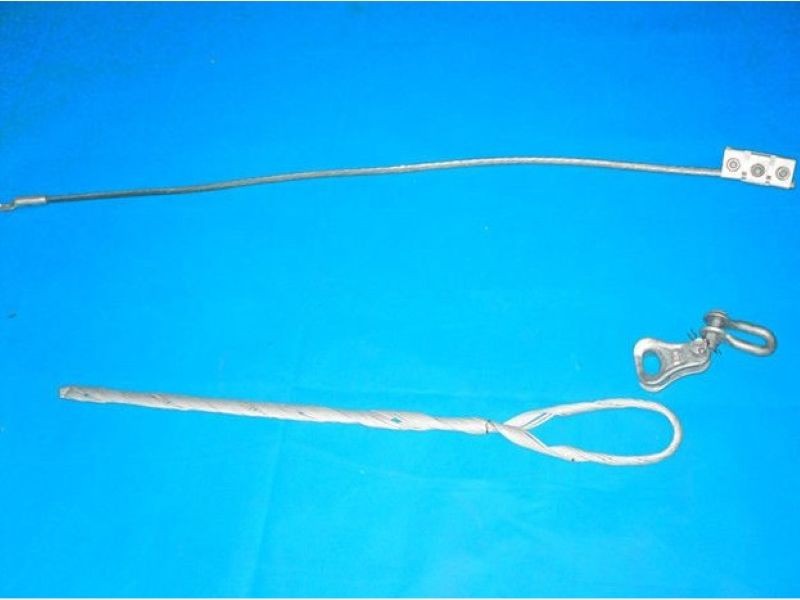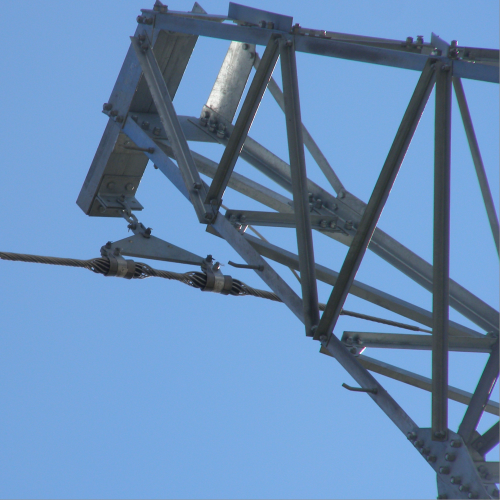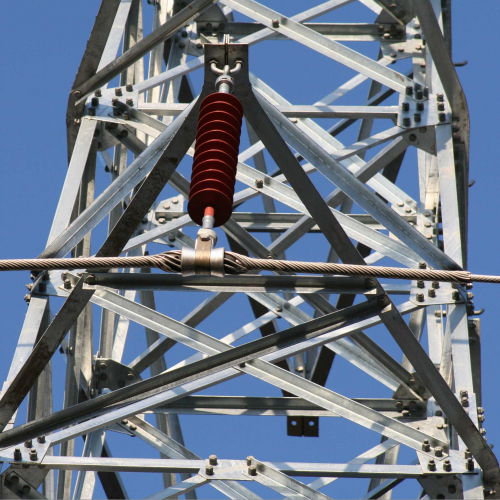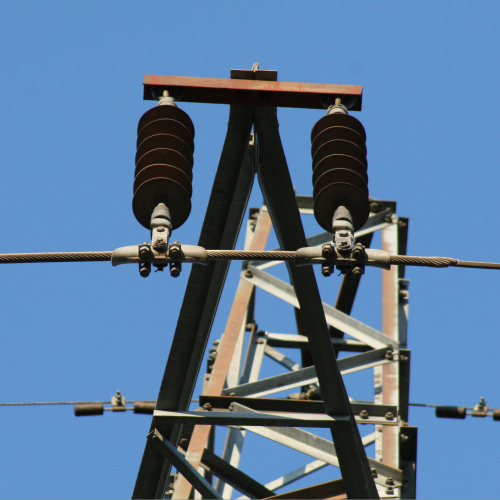The working principle of grounding wire clamp is based on the combination of the basic laws of electricity and safety protection requirements. By constructing a low resistance path and using the charge holding characteristics of the earth, it can effectively divert abnormal currents and isolate risks.
The working principle of grounding wire clamp is essentially to provide a low resistance discharge channel for abnormal currents. This logic can be explained by two basic laws of electricity. The first is that the conductor always chooses the path with the smallest resistance to conduct current, and the second is that the earth, as a zero potential body, has unlimited charge holding capacity. Under normal circumstances, the current of electrical equipment forms a closed loop through the firewire and zero wire, and the non-charged parts such as the metal shell maintain an equal potential with the earth, which will not pose a threat to the human body. However, when the equipment leaks, short-circuits, or encounters lightning strikes, this balance will be broken, resulting in dangerous potential differences. Taking the electric leakage scenario as an example, when the internal insulation of the electrical appliance is damaged and the firewire comes into contact with the housing, the housing will carry the same high potential as the firewire. At this time, if the human body touches the shell, the electric current will flow through the human body into the earth to form a circuit, resulting in an electric shock accident. The existence of the grounding wire clamp changes the current path. The grounding wire clamp is directly connected to the housing and the grounding body. The resistance is usually less than 4 ohms, which is much lower than the resistance of the human body. According to Ohm's law, current will preferentially flow into the earth through the low-resistance grounding wire clamp, reducing the potential of the shell to a safe range, thereby preventing the human body from being electrocuted.

The effective realization of the working principle of grounding wire clamp depends on the strict control of the grounding resistance. Grounding resistance refers to the resistance between the grounding body and the earth, which directly determines the discharge efficiency of abnormal current. According to the specification, the grounding resistance to protect the ground is usually not greater than 4 ohms. If the ground resistance is too large, it will cause two problems. The first is that the abnormal current cannot be discharged smoothly, and the equipment housing may have a high potential remaining and lose its protective effect.The second is that the voltage generated by the current on the ground resistor will cause a dangerous potential distribution area around the ground body. When the human body walks in the area, the potential difference between the feet may cause the current to pass through the human body. Therefore, when installing the grounding wire clamp, the grounding resistance needs to be reduced by changing the soil, adding a resistance reducer, and increasing the number of grounding bodies, so that the grounding wire clamp can meet the characteristics of the low resistance path.
In addition, the connection quality of the grounding wire clamp will also affect the implementation of the principle. If the connection between the grounding wire clamp and the equipment or grounding body is loose or oxidized, a contact resistance will be formed, resulting in an increase in the total resistance. Therefore, the connection parts need to be welded, crimped and other reliable methods, and anticorrosive treatment to make the electrical conductivity stable for a long time.




